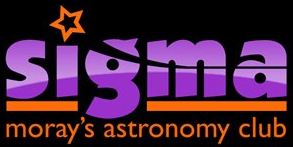Cosmic Howlers
September 2023
AND THEN SOME
In the case of KBO 55636, the authors deduced an albedo ranging from 82% to more than 100%, making it one of the most reflective objects in the solar system. (Nature, 165, 879, 2010)
Click to reveal the answer
The albedo of an object is the fraction of sunlight that is diffusely reflected by it and is a value in the range 0 to 1. In this case, the albedocannot be more than 100%.
MUST BE SUPERMAN!
If Gill could achieve a diurnal baseline of about 24,000 km… (J Hist. Astron, 49, 16, 2018)
Click to reveal the answer
David Gill was an outstanding astronomer over several decades at the end of the nineteenth and into the early twentieth century. Reference here to a diurnal baseline is related to his measurement of the distance of a celestial body by measuring its parallax. The Earth’s diameter of just over 12,700km could be used as such a baseline, but having a baseline of almost twice that value would not be possible on this planet!
AMAZING OPTICS THESE DAYS
…reports the discovery of an apparent supernova…with his 0.3cm, f/6 Schmidt Cassegrain Telescope and…CCD camera. (The Astronomer, 54, 33, 2017)
Click to reveal the answer
A 3 millimetre diameter telescope is rather small…they must mean metres!
A VICTORIAN SPACE AGE?
…2.8 miles – the width of the asteroid Florence that flew past the Earth at 4.4 million miles, the largest asteroid to pass so close to our planet since NASA started recording such occurrences in 1890. (Time Magazine, 2017, September 19, p9)
Click to reveal the answer
NASA didn’t exist in 1890 – they must mean 1980!
HERTZSPRUNG AND RUSSELL WOULD DISAGREE!
…a red dwarf…is so densely packed with matter that a cubic inch of it would weigh more than 10 tons… (Daily Telegraph, 2009, February Night Sky)
Click to reveal the answer
This type of star is a white dwarf – not a red dwarf.
